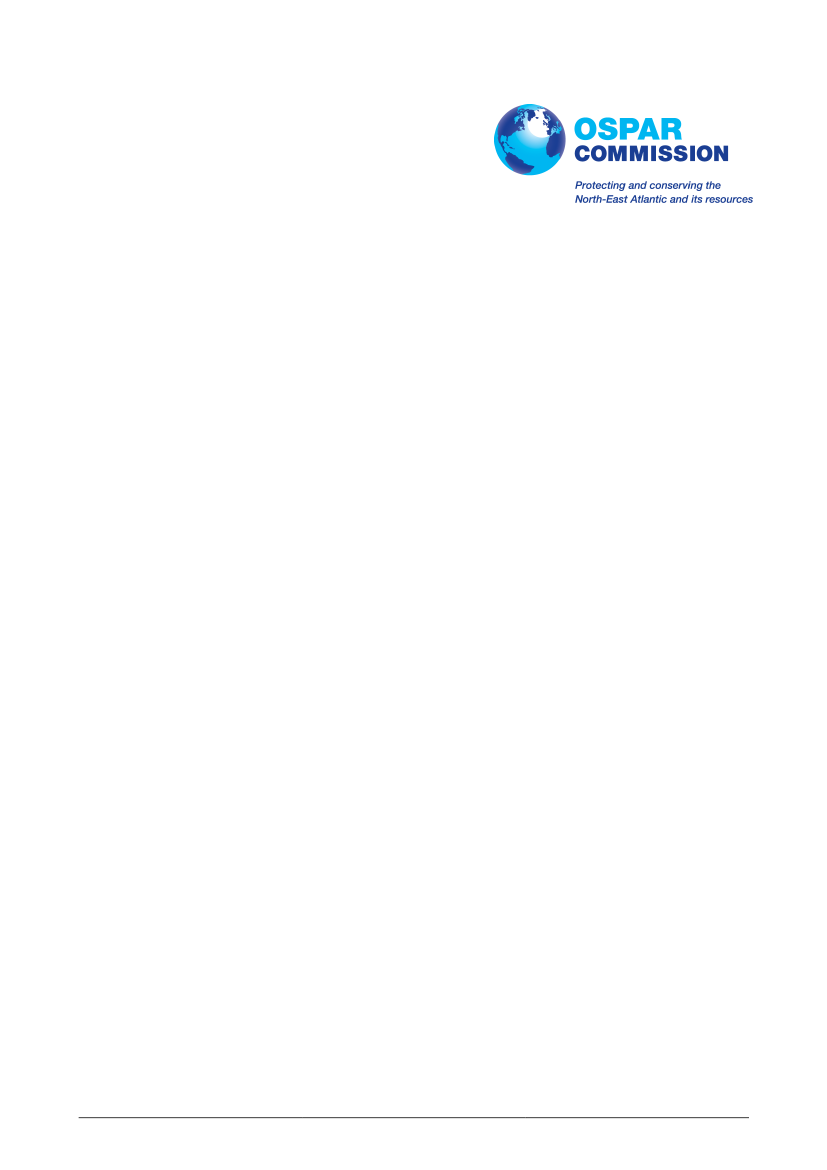
Regional Action Plan for Prevention and Management of
Marine Litter in the North-East Atlantic
(OSPAR Agreement 2014-1)
1.
This Regional Action Plan (RAP) sets out the policy context for OSPAR’s work on marine litter,
describes the various types of actions that OSPAR will work on over the coming years and provides a
timetable to guide the achievement of these actions.
2.
The RAP is organised in four sections:
Section I
follows the brief introduction below and sets the objectives, the geographical scope,
principles and approaches that should frame implementation.
Section II
presents the actions to be implemented. The actions have been grouped in four themes as
follows: A. the reduction of litter from sea-based sources and B. the reduction of litter from land-
based sources, C. the removal of existing litter from the marine environment and D. education and
outreach on the topic of marine litter.
Section III
describes the necessary monitoring and assessment.
Section IV
outlines how the plan will be implemented and followed up by OSPAR. This final section
includes reference to Annex I, consisting of a Implementation Plan for the development and adoption
of OSPAR’s measures supporting the implementation of OSPAR actions in this agreement and Annex
II which outlines an implementation reporting format through which OSPAR’s Contracting Parties,
and also OSPAR’s relevant stakeholders and observers, are invited to report on implementation.
These annexes are to be considered part of this RAP, however the RAP Implementation plan will be
updated annually based upon progress.
INTRODUCTION
Marine litter
3.
Marine litter covers any solid material which has been deliberately discarded, or unintentionally lost
on beaches and on shores or at sea, including materials transported into marine environment from land by
rivers, draining or sewage systems or winds. It includes any persistent, manufactured or processed solid
material. Marine litter originates from different sea- and land-based sources and is largely based on the
prevailing production and consumption pattern.
1 of 23
OSPAR Commission
OSPAR Agreement 2014-01